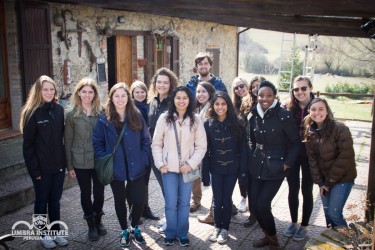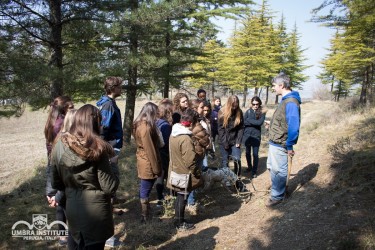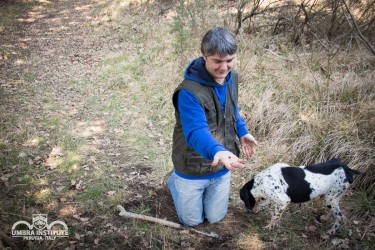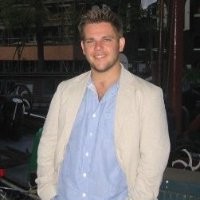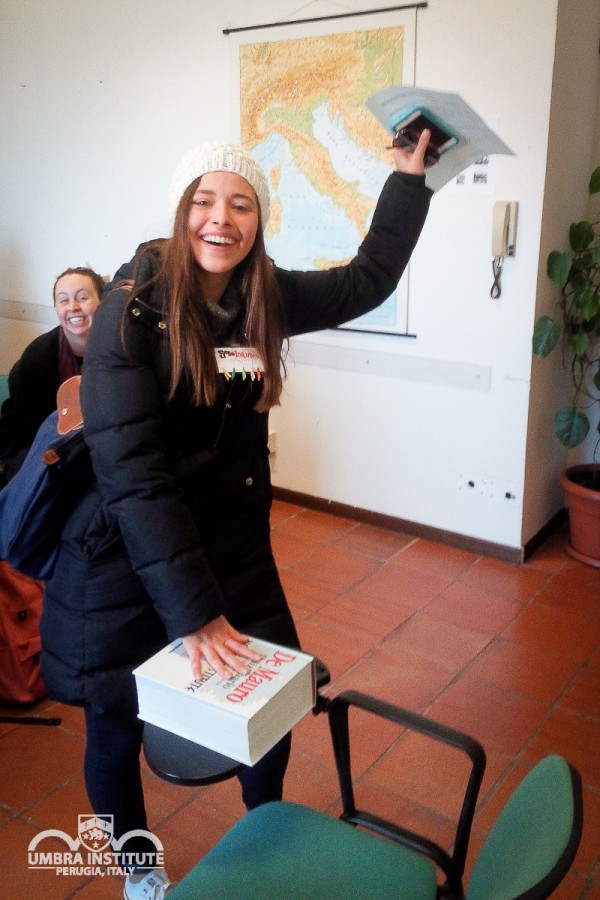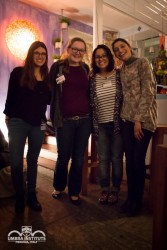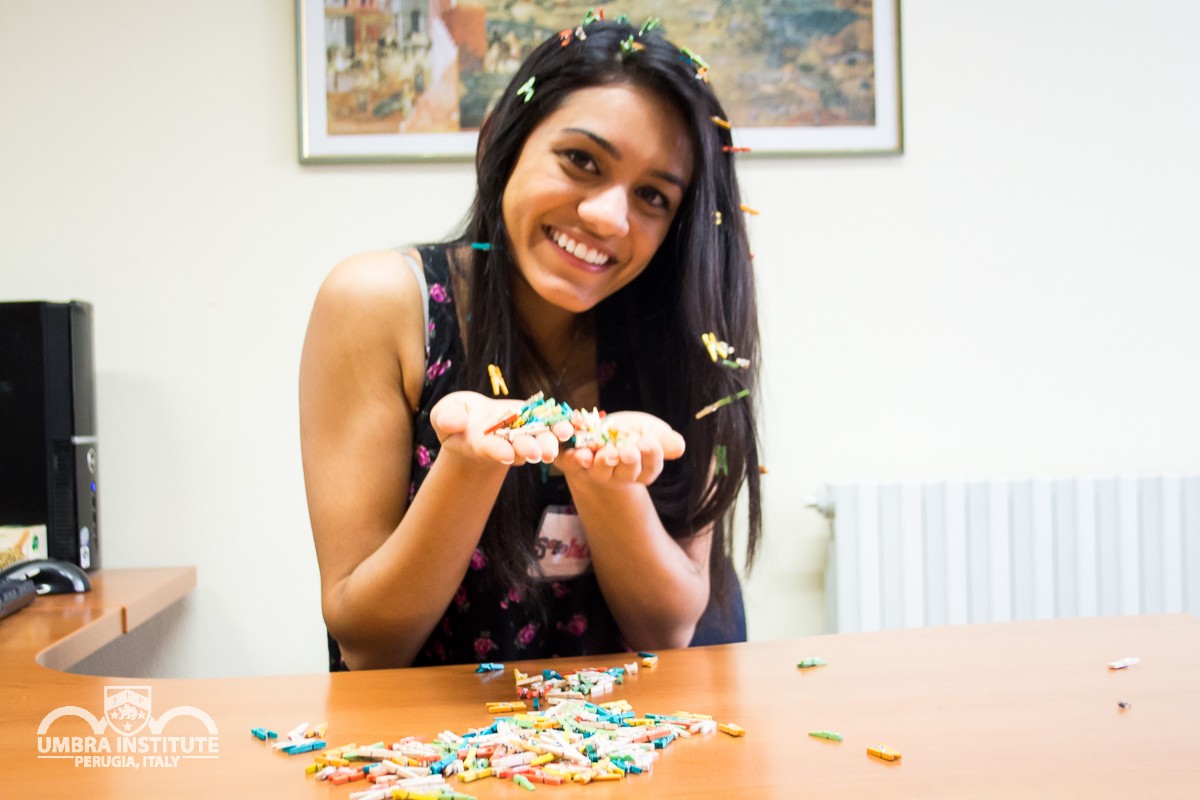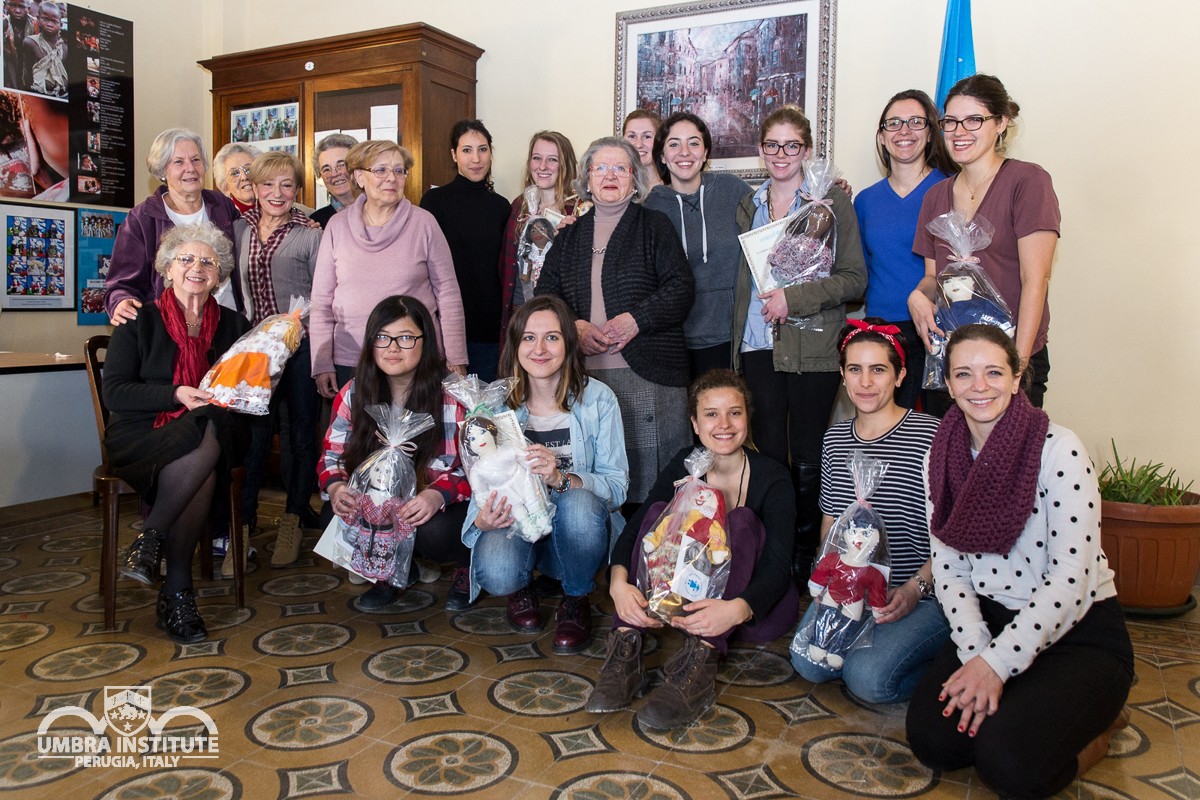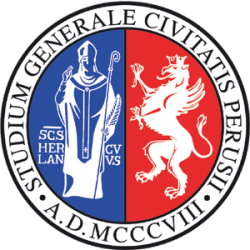This weekend the History and Culture of Food in Italy class embarked on what can only be described as an epic food voyage through Parma, the capital city of Italy’s “food valley,” Emilia-Romagna.

The once-in-a-lifetime culinary adventure began bright and early Friday morning, when our intrepid group of food researchers, led by foodie-in-chief Professor Elisa Ascione, departed from Perugia and headed north to Parma.
First stop? Salumificio La Perla, a family-run producer of world-famous prosciutto, or salted ham. Tour guide and full-time salumificio employee Silvia lead us through the rigorous 24-month salting, drying, and aging process that has been developed and perfected since the time of the Romans. At the end of a series of meticulous temperature adjustments and precise waiting periods, the prosciutto must then be examined by an expert taster who spears the meat with a horse bone in five different locations. The bone’s porous texture allows the scent of the meat to linger only momentarily, during which time the taster will decide if the prosciutto has earned the right to have highly controlled stamp of Parma printed on its surface. The visit was capped off with a homemade, prosciutto-filled lunch to remember!
Friday’s second stop was to the Museum of Prosciutto, where students gained insight into prosciutto’s economic and socio-cultural importance to the Emilia-Romagna region. The butchering of pork and labor- and time-intensive production of prosciutto is more than the creation of a life-sustaining food: it holds a place of utmost importance at the intersections of tradition, regional pride, and social engagement.
Students were then free to enjoy an evening in the lovely city of Parma, with its beautiful architecture and café-lined streets – highly recommended for a daytrip!
Saturday morning once again began early, this time with a trip to the Consorzio Produttori Latte Parma to watch parmigiano reggiano being made. The process follows artisanal methods, the most important aspects of which are still done by hand.
The group then headed to Acetaia Villa San Donnino, where third-generation balsamic vinegar producer Dario led a crowd-pleasing tasting of his signature products.
Each different variety is made with the same ingredient – grape juice – and aged in a series of barrels of decreasing size to concentrate the flavor. Students sampled white balsamic vinegar, as well as three different types of traditional balsamic aged six, twelve, and over twenty-five years. The tasting ended with the unconventional but delicious pairing of balsamic vinegar and vanilla ice cream!
Professor Ascione summed up the importance of the trip thusly: “Students have the chance to link products with the specificities of the territories where they are manufactured. They can see all aspect of the production: they trace historical continuities with the past and understand contemporary changes in techniques and values attached to these products. Visiting a place like the Prosciutto Museum after the prosciutto factory, for example, allows students to understand the changing culture and knowledge attached to butchering and preservation of cured meats though the centuries.” Tasty and educational! Buon appetito!


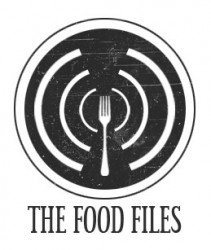
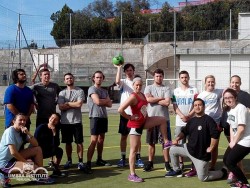
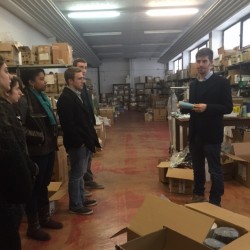 Intercultural Marketing course provides students with the theory behind business and marketing practices in international companies. This semester, Umbra is continuing its collaboration with Pashmere, a family-run luxury cashmere company.
Intercultural Marketing course provides students with the theory behind business and marketing practices in international companies. This semester, Umbra is continuing its collaboration with Pashmere, a family-run luxury cashmere company.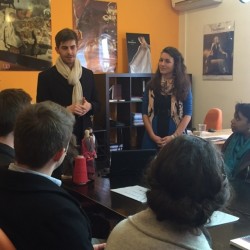 work to expand Pashmere’s presence over multiple social media platforms; this initiative stems from last semester’s intercultural marketing student projects. Over the next several weeks, current students will work in groups to present Pashmere representatives with their own suggestions for the company. Presentation topics will include social media, product development, and the Asian market. This partnership gives students a real-world example of the efforts and challenges behind running an internationally-minded family business.
work to expand Pashmere’s presence over multiple social media platforms; this initiative stems from last semester’s intercultural marketing student projects. Over the next several weeks, current students will work in groups to present Pashmere representatives with their own suggestions for the company. Presentation topics will include social media, product development, and the Asian market. This partnership gives students a real-world example of the efforts and challenges behind running an internationally-minded family business.